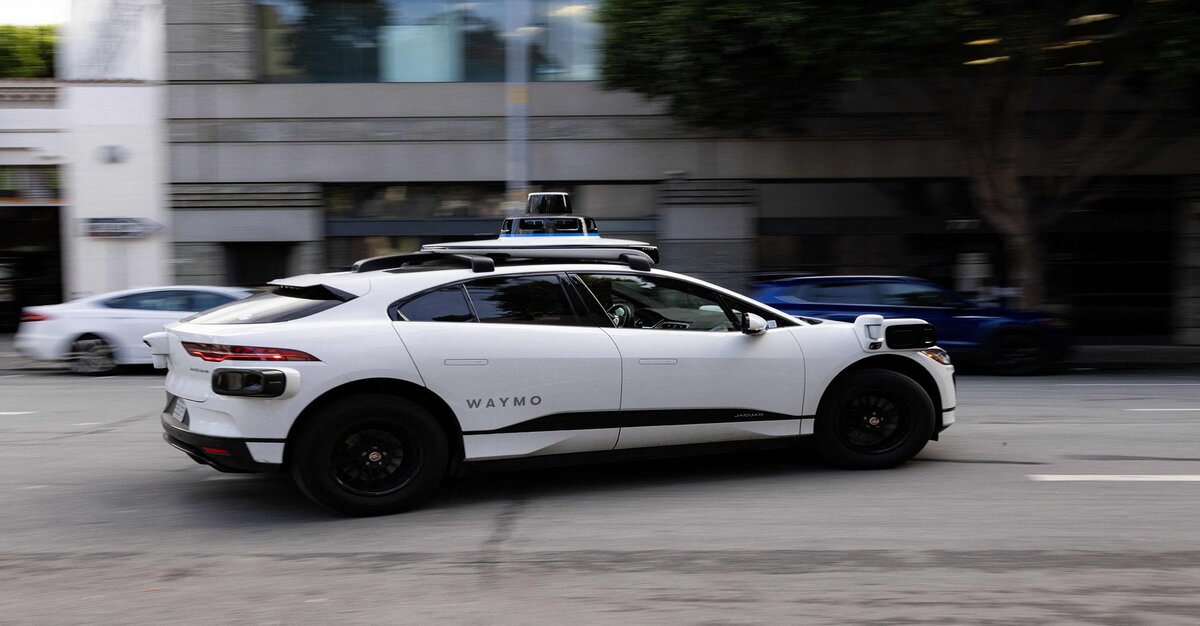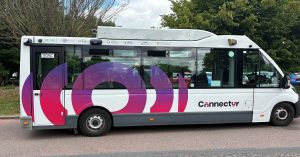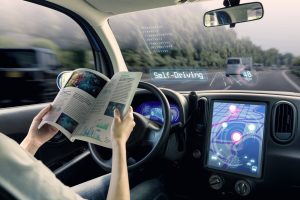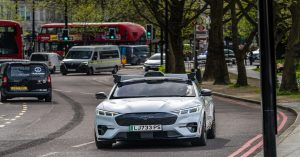Robotaxis and autonomous vehicles have come under increased scrutiny following a serious incident involving General Motors’ Cruise unit in San Francisco last October. In that incident, a pedestrian was struck and seriously injured by one of Cruise’s self-driving vehicles, highlighting the potential risks associated with autonomous driving technologies.
Recently, the National Highway Traffic Safety Administration (NHTSA) has launched investigations into several major players in the self-driving car industry, including Ford and Tesla. The investigation into Ford focuses on its BlueCruise hands-free highway driving feature after two incidents where Mustang Mach-E vehicles collided with stationary objects. This probe aims to assess the safety measures and effectiveness of BlueCruise in preventing such accidents.
Tesla is also under the NHTSA’s microscope. The investigation into Tesla is centered on whether the company’s response to a large-scale recall in December, affecting 2 million vehicles, was adequate. This recall was initiated to address concerns about the potential misuse of Tesla’s automated driving features by drivers. The NHTSA’s probe seeks to determine if Tesla’s corrective measures have been sufficient to mitigate the risks identified.
Alphabet-owned Waymo is another company facing NHTSA scrutiny. Earlier this year, Waymo updated its software after two of its ride-hailing vehicles collided with a pickup truck being towed in Phoenix last December. This incident prompted a separate NHTSA investigation, which resulted in a recall for approximately 444 affected vehicles in February. The NHTSA noted that repairs for these vehicles were completed by January 12.
Additionally, the NHTSA has initiated a probe into Zoox, a subsidiary of Amazon. This investigation will examine the performance of Zoox’s Autonomous Driving System (ADS), with a particular focus on its behavior in crosswalks around vulnerable road users and its response to scenarios involving rear-end collisions. The probe aims to evaluate how Zoox’s ADS handles complex driving environments, especially those that involve motorcycles and other challenging situations.
U.S. Secretary of Transportation Pete Buttigieg recently weighed in on the ongoing developments in autonomous vehicle technology. In an interview with CNBC, Buttigieg emphasized that the standard for autonomous vehicles should exceed that of human drivers. He stated that the technology should be “much, much better” than human performance to gain public trust and acceptance. Buttigieg acknowledged the public’s tendency to be more tolerant of accidents caused by human drivers than by machines, highlighting the societal challenge in transitioning to autonomous vehicles.
Reflecting on the future of transportation, Buttigieg suggested that in a century, people might find it puzzling that untrained individuals were ever allowed to drive cars. However, he also noted the significant journey required to transition from current practices to a future dominated by autonomous vehicles.
The NHTSA’s increased scrutiny of autonomous vehicle technology underscores the importance of ensuring these systems are safe and reliable. As companies like Waymo, Zoox, Ford, and Tesla continue to innovate and improve their self-driving technologies, they must also address regulatory concerns and public safety issues. The outcomes of these investigations will likely play a crucial role in shaping the future landscape of autonomous transportation, determining how quickly and smoothly society can transition to a world where self-driving cars are the norm.







